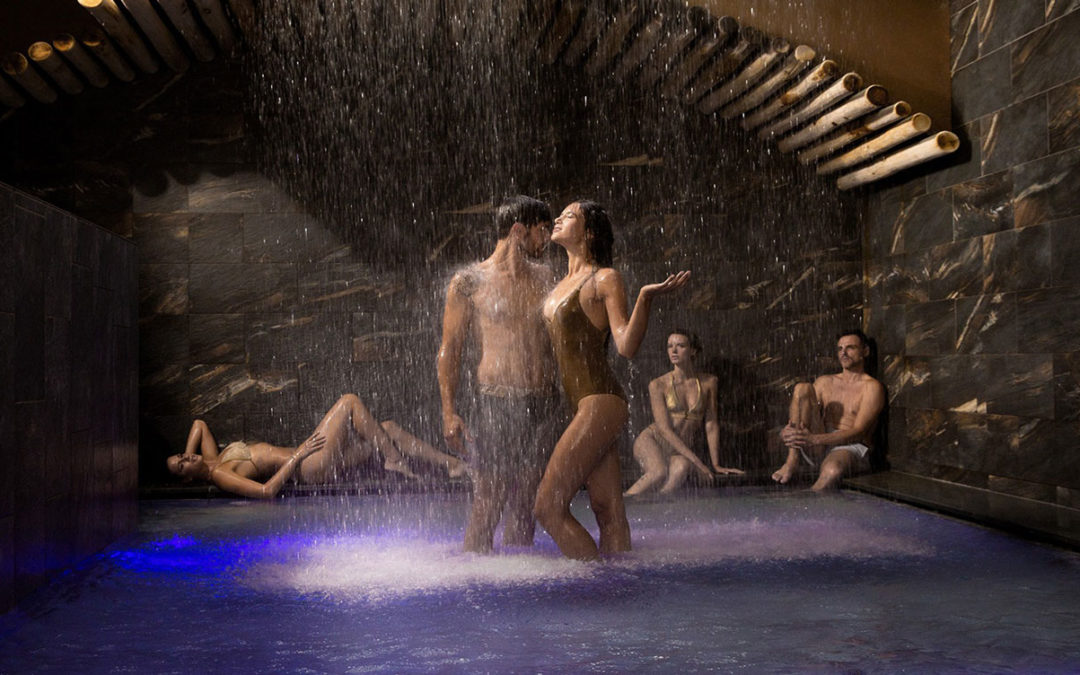The Kneipp Path is named after its creator, German priest Sebastian Kneipp.
He studied the benefits of hydrotherapy as a cure for one of the diseases of his time: tuberculosis. It was based on five pillars: hydrotherapy, phytotherapy, dietetics, movement and ordered living.
The goal was to achieve harmonization of all physical, intellectual and spiritual functions.
What does the Kneipp Pathway involve?
The Pathway makes use of the healing power of water to give well-being to our bodies. At the basis of the Kneipp Path we find rapid immersion in pools of water.
Usually, we start with warm water to proceed with alternating between different temperatures and conclude with cold water. Thus, the Pathway alternates between short baths in hot water and cold water.
River pebbles are placed at the bottom of the pools or in the surrounding pavement to promote natural foot massage. Walking on river pebbles allows reactivating the circulation of the feet and strengthening the vital organs.
We also often find water jets that act on the circulation of the lower limbs, improvingoxygenation and accelerating tissue drainage.
A typical example of a Kneipp Path involves walking in two parallel pools about 90 centimeters deep, filled with cold water at 20°C and warm water at 32°C, respectively.
It can include splashes and jets of water that help stimulate blood flow.
Pathway pools can be placed inside or outside the facility. Placing them inside, next to hot tubs, saunas and steam rooms, allows the benefits to be enjoyed even in winter.
It is essential that the Kneipp Path begins with a hot treatment and ends with a cold one, and that the duration of a cold treatment is always less than that of a hot one.
What are the benefits to the body?
The benefits of this Pathway have an immediate effect on the body.
The thermal shock caused by immersion in water at different temperatures stimulates thecirculatory system and the immune system. Immersion in warm water creates a feeling of relax, contact with cold water, on the other hand, tones and invigorates the body.
Walking on the cobblestone bottom and the temperature change play atoning action on the capillary walls. In addition, the massage provided by the water-also known as hydromassage-has draining properties and thus has a beneficial effect on the body in cases of water retention and cellulite. The double massage, that of water and that of stones, reduces the feeling of swelling and heaviness in the legs.
The Kneipp Path is therefore recommended for those suffering from circulation problems, but the benefits of hydrotherapy are not limited to this alone. Hot water immersions have a relaxing effect and are therefore suitable for treating stress and insomnia, while cold baths and showers have an invigorating effect, thus being ideal for combating exhaustion and fatigue.
The pathway is a hydrotherapy treatment and is often combined with other physical therapies: walking, massage, a diet without excess, and some phytotherapy treatments, as per the original practice studied by Sebastian Kneipp.


